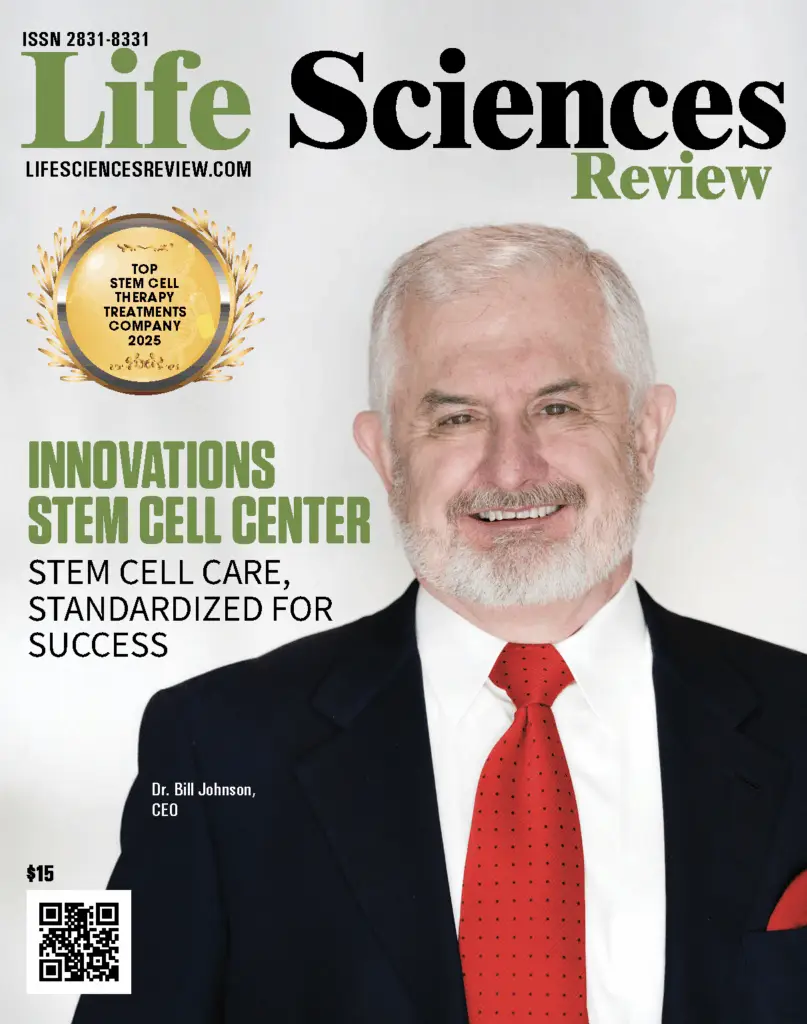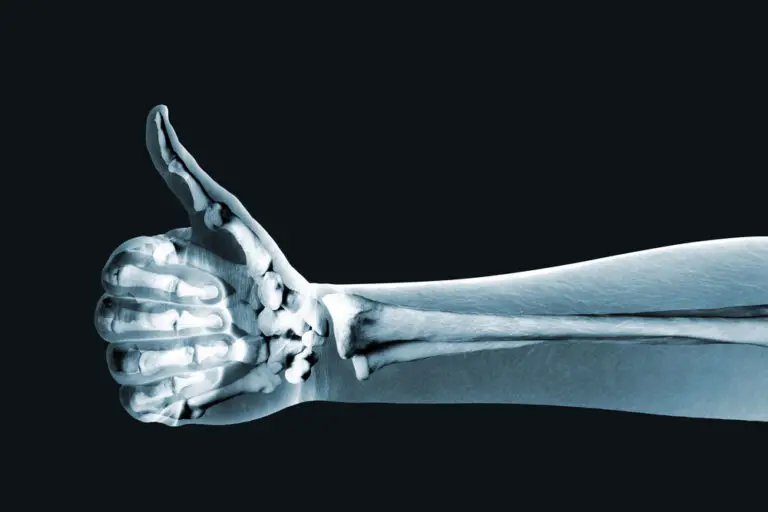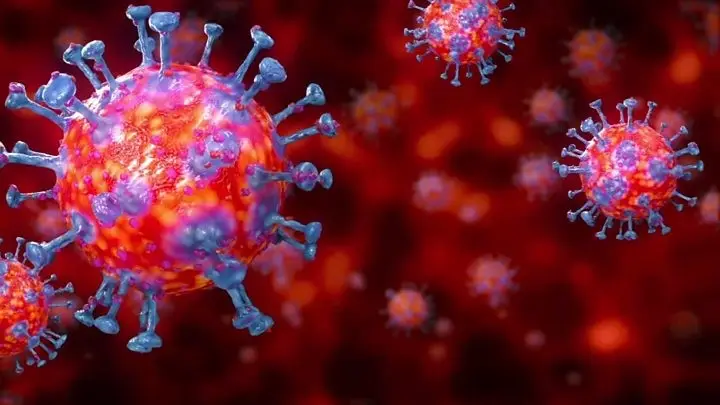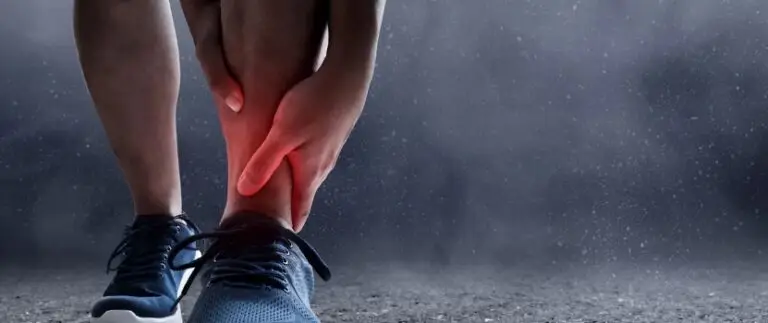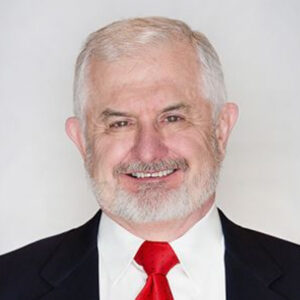When it comes to stem cell therapy, not all harvests are created equal. The number of viable stem cells—those alive and ready to repair tissue—determines how effective a treatment can be. So which source gives the most usable cells? The clear winner is adipose tissue, commonly known as fat.
💡 Why Cell Counts Matter
n stem cell therapy, results depend on how many living, functional cells are delivered. Too few viable cells can mean slower healing and reduced outcomes. That’s why leading regenerative medicine centers measure cell counts and viability before using them in treatment.
Learn more about Innovations’ approach here:
👉 Stem Cell Therapy Overview
🧬 Adipose Tissue: The Top Source for Viable Stem Cells
Adipose tissue contains up to 2,500 times more mesenchymal stem cells (MSCs) than bone marrow. These cells can be harvested safely using gentle liposuction under local anesthesia, making the process both efficient and comfortable.
Typical yield: 500,000–1,000,000 viable stem cells per milliliter
Viability rate: 85–95%
Autologous (your own): No risk of rejection
Same-day harvest and use
📚 Supporting Research:
Fraser JK et al., Cell Transplantation (2012): “Adipose-derived stem cells are more abundant and easier to isolate than bone marrow-derived mesenchymal stem cells.”
PubMed link
Learn about Innovations’ personalized stem cell therapy options:
👉 Personalized Stem Cell Treatments
🩸 Other Sources Compared
Bone Marrow: Fewer viable cells, more invasive procedure, lower yield with age.
Umbilical Cord/Placenta: High counts but donor-derived, not from your own body—raising safety and regulatory concerns.
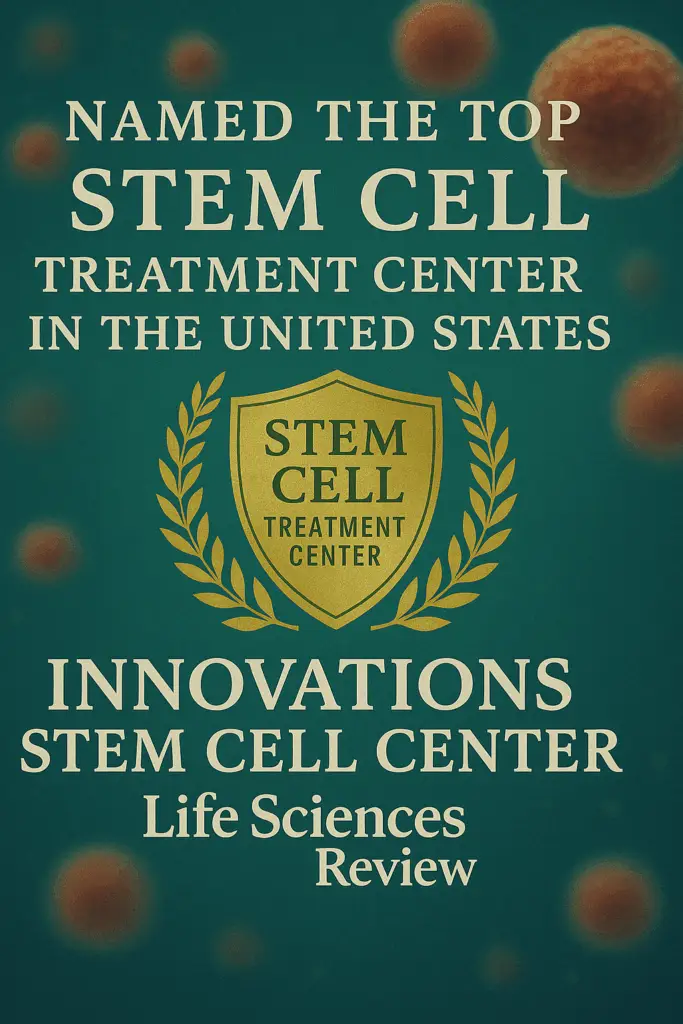
🏆 Why Innovations Stem Cell Center Leads
Named Top Stem Cell Center in the U.S. by Life Science Review,
Innovations Stem Cell Center focuses on maximizing viable cell counts and patient outcomes using advanced adipose-based protocols.
Dr. Bill Johnson, with over 12 years of experience using adipose-derived stem cells, ensures each treatment is personalized, precise, and backed by science.
👉 Learn more about Dr. Johnson and his work:
About Innovations Stem Cell Center

